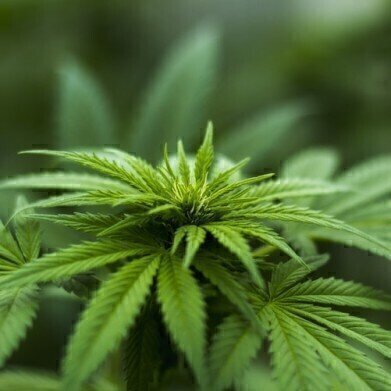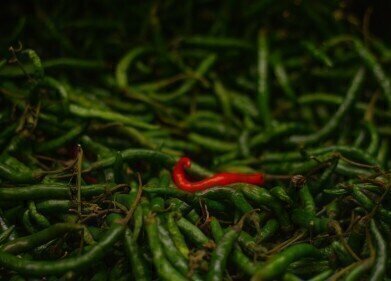Columns (GC)
Chromatography Checks the Labelling Accuracy on Cannabidiol Extracts
Jan 09 2018
There has been an increased demand for cannabidiol — an extract from the cannabis plant — in recent years. But if you buy the extract — also known as CBD — do you know what you are getting? A recent paper — Labeling Accuracy of Cannabidiol Extracts Sold Online — has investigated the accuracy of the labelling on CBD packages bought online.
Feeling better without the high
CBD is a natural component of cannabis plants. There is some evidence that CBD has some medical benefits and can help with pain relief, anxiety and epilepsy. But CBD doesn’t contain any psychoactive components and doesn’t make people feel high, and there is no evidence that CBD on its own causes any addiction. Recent research also suggests that CBD can provide some benefits to young children who suffer from seizures.
Growing business, no regulation
It is estimated that the market for CBD products will grow to over $2 billion in sales in the next few years. But currently, there is more regulation on chocolate bars than there is on products produced from the extracts of cannabis plants. In a press release from Penn Medicine, it is suggested that the main reason for this is due to the Drug Enforcement Agency (DEA) classifying CBD as a Class 1 drug, but many states legalizing CBD for medicinal use.
One of the papers author’s — Marcel Bonn-Miller — states:
‘So, right now, if you buy a Hershey bar, you know it has been checked over; you know how many calories are in it, you know it has chocolate as an ingredient, you know how much chocolate is in there. Selling these oils without oversight, there is no way to know what is actually in the bottle. It’s crazy to have less oversight and information about a product being widely used for medicinal purposes, especially in very ill children, than a Hershey bar.’
What’s in the oil?
The team spent a month collecting various samples from online sources that stated on the label that the contents included CBD. Over 80 products were purchased from 31 different companies — these included oils, tinctures and vaporization liquids. The samples were then tested using high performance liquid chromatography (HPLC) to determine the quantity of CBD in each sample. The use of chromatography to analyse cannabis is discussed in the article, The Analysis of Medicinal Cannabis for Pesticides and Residual Solvents using a Portable GC.
Of the 84 products tested, only 31% could be described as accurately labelled for CBD — 42% contained more CBD than on the label and 26% contained less CBD than stated on the label. Perhaps even more significant was that the team found some THC — the psychoactive component in cannabis — in some of the samples. Bonn-Miller states that: ‘Future research should be focused on making sure people are paying attention to this issue and encouraging regulation in this rapidly expanding industry.’
Digital Edition
Chromatography Today - Buyers' Guide 2022
October 2023
In This Edition Modern & Practical Applications - Accelerating ADC Development with Mass Spectrometry - Implementing High-Resolution Ion Mobility into Peptide Mapping Workflows Chromatogr...
View all digital editions
Events
Apr 23 2024 Kintex, South Korea
Apr 23 2024 Seoul, South Korea
Apr 28 2024 Montreal, Quebec, Canada
May 05 2024 Seville, Spain
May 15 2024 Birmingham, UK














